-
How to create a drought-tolerant garden: Plants, tricks & tips
 Lee Burkhill: Award Winning Designer & BBC 1's Garden Rescue Presenters Official Blog
Lee Burkhill: Award Winning Designer & BBC 1's Garden Rescue Presenters Official Blog

With increasing concerns about water scarcity and the need for sustainable gardening practices, creating a drought-tolerant garden has become more crucial than ever. A drought-tolerant garden helps conserve water and offers a beautiful and resilient oasis in dry conditions. Whether we like it or not, the weather is changing along with global warming. Rainfall can be sporadic, plants are coming up earlier or later than ever each year, and the seasons are less predictable in terms of climate.
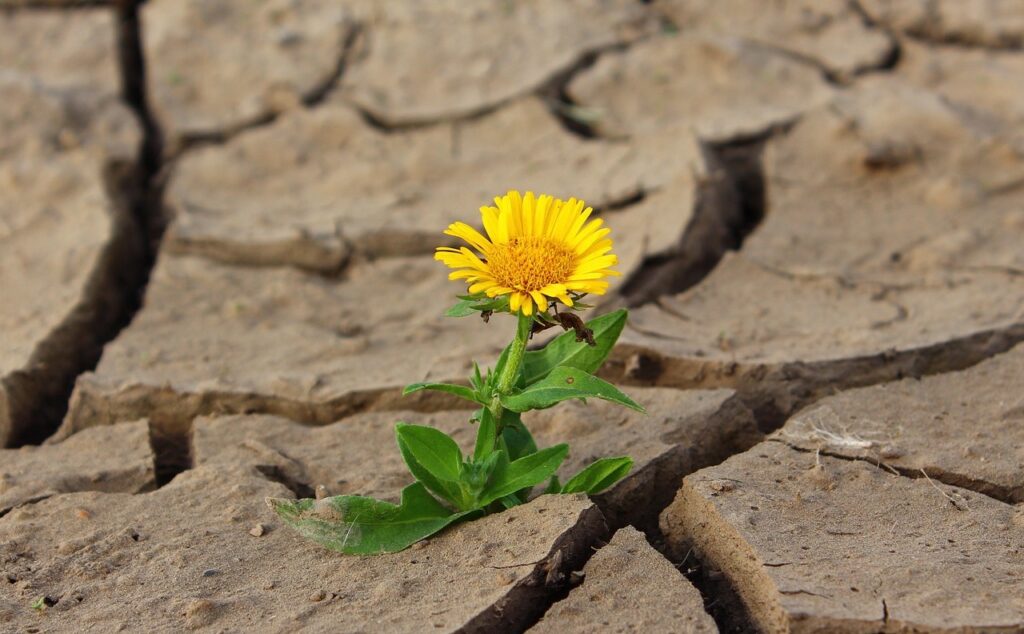
This article will explore effective strategies and practical tips for designing and maintaining a garden that thrives with minimal water requirements. By incorporating these techniques, you can transform your outdoor space into a sustainable haven that blooms even during the most challenging droughts.
This page contains affiliate links for products I use and love. If you take action (i.e. subscribe, make a purchase) after clicking a link, I may earn some gardening commission which helps me keep the Garden Ninja Blog free for all.
The foundation of a drought-tolerant garden lies in selecting the right plants that can withstand extended periods of dryness. By choosing plants that can cope, once established with drought, you can save yourself the headache of needing irrigation, rain capture or extended periods of stress trying to water your plants and keep them hydrated.
My first tip is to look for native species of dry soil-loving plants, as they have evolved to thrive in your region's specific climate conditions. These plants are naturally adapted to the available water resources, making them more drought-resistant.
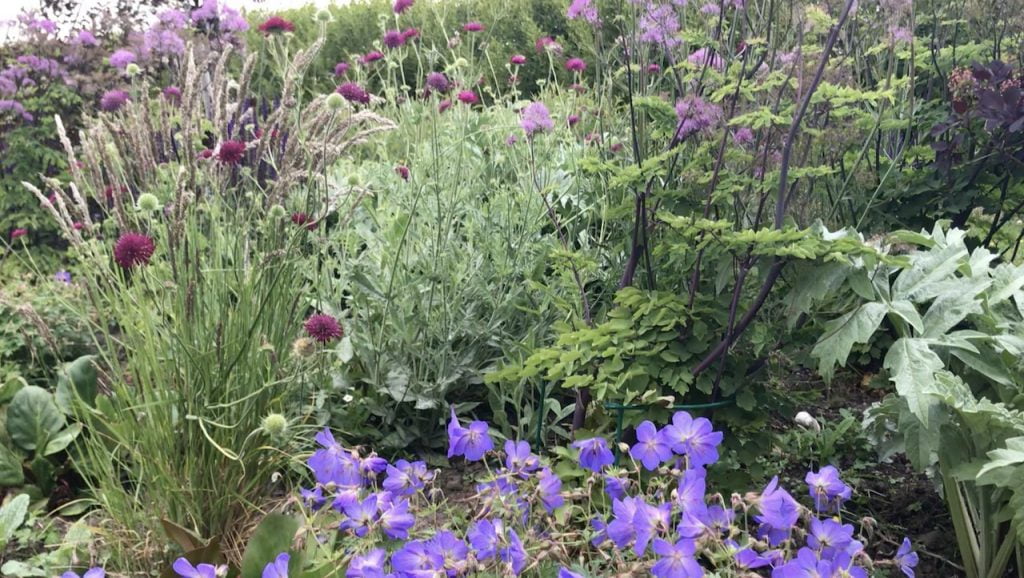
You'll be amazed at just how many amazing plant types there are that will handle both drought and also dry shade in the garden. A drought-tolerant garden doesn't need to be a barren desert of spikey plants or Cacti. There are plenty of flowering specimens to choose from!
Alongside the examples of drought-tolerant plants below, we also have an array of Mediterranean plants that are used to extended periods of dry hot weather. Such as Lavender, Rosemary, and Sage which are renowned for their ability to endure dry spells. So by choosing plants that thrive in drought, we can create a truly sustainable low-water garden.
Lavenders are Mediterranean plants that love both full sun and free-draining soil. Making them excellent specimens for a drought garden. Their oily leaves are primed for heat waves and to prevent too much moisture loss. They will also survive our English winters providing they don't get water logged or we have first below -5. English Lavender is hardier than French Lavender but doesn't flower as profusely.
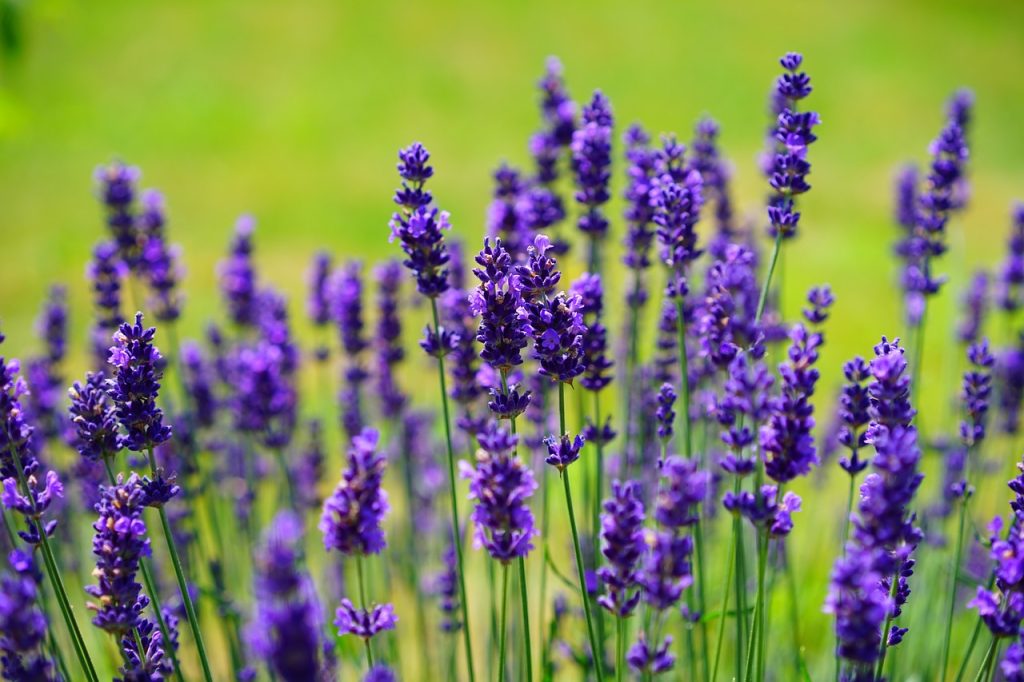
Artemisia is a hidden secret in the garden design world. Not often used or seen in garden centres and I'm not sure why that is! Artemisia is an edible herbaceous sub-shrub that has wonderful silvery to white leaves. Its flowers are tiny and not that noticeable but this plant creates a nice 1-1.5m tall and wide shrub to give structure to a garden.
The aromatic leaves are great in cocktails or dried and are often used in witchcraft spells! It may lose its leaves in cold winters revealing a woody skeleton but they grow back each year.
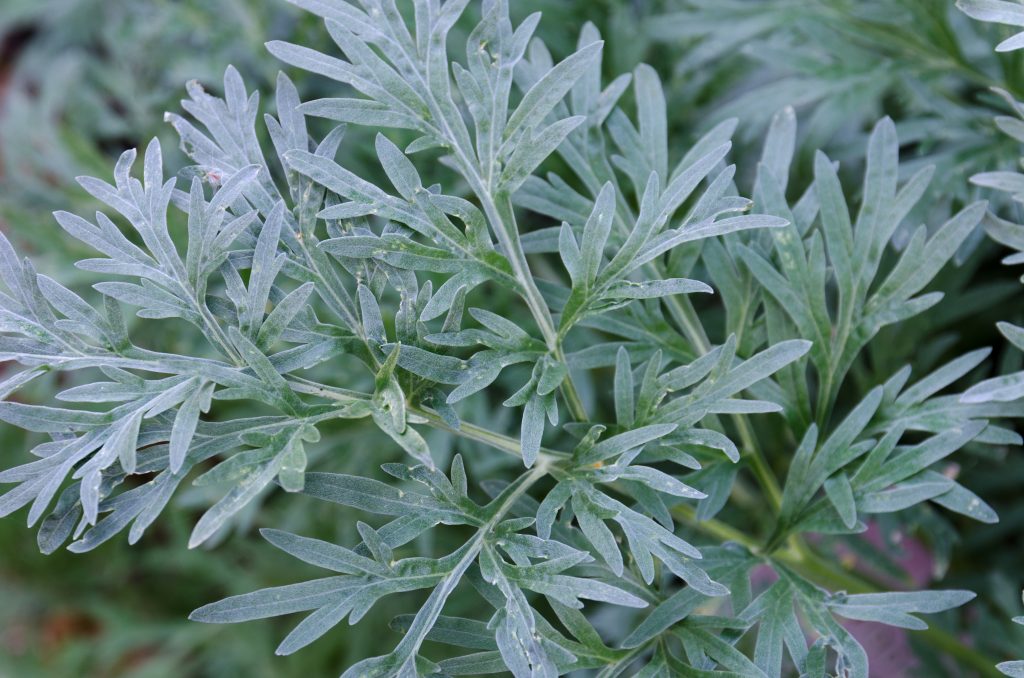
This small mound forming grass is pretty much indestructible and the flowers come in colours from green to dark purple. Once Molinia is established it never needs watering. Even in months of drought mine have always looked fantastic and required no attention. The green thin leaves give great texture to a garden followed by the light airy seed heads that wave in the late summer breeze.
Pruning Molinia grasses is super easy. Cut back to the ground in late winter and that's it. No need to feed or fuss with these wonderful drought-tolerant grasses.
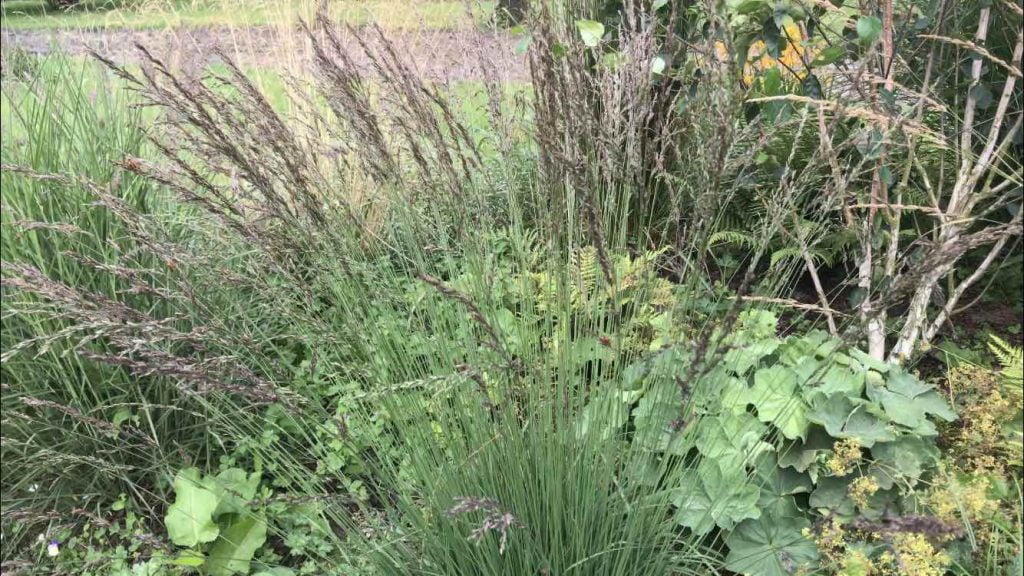
Did you know that you can take my course and learn how to become a Garden Ninja yourself? Click here for details
Alchemilla mollis or Lady's Mantle is a bulletproof plant that requires very little attention. It makes the top 10 of most plant groups across my site for the very reason that it fills out a border quickly, self-seeds everywhere and is drought-tolerant. Its light green fan-like serrated leaves can pool the morning due into beads that give it the name alchemilla or alchemy. See below for the magick of Alchemilla!
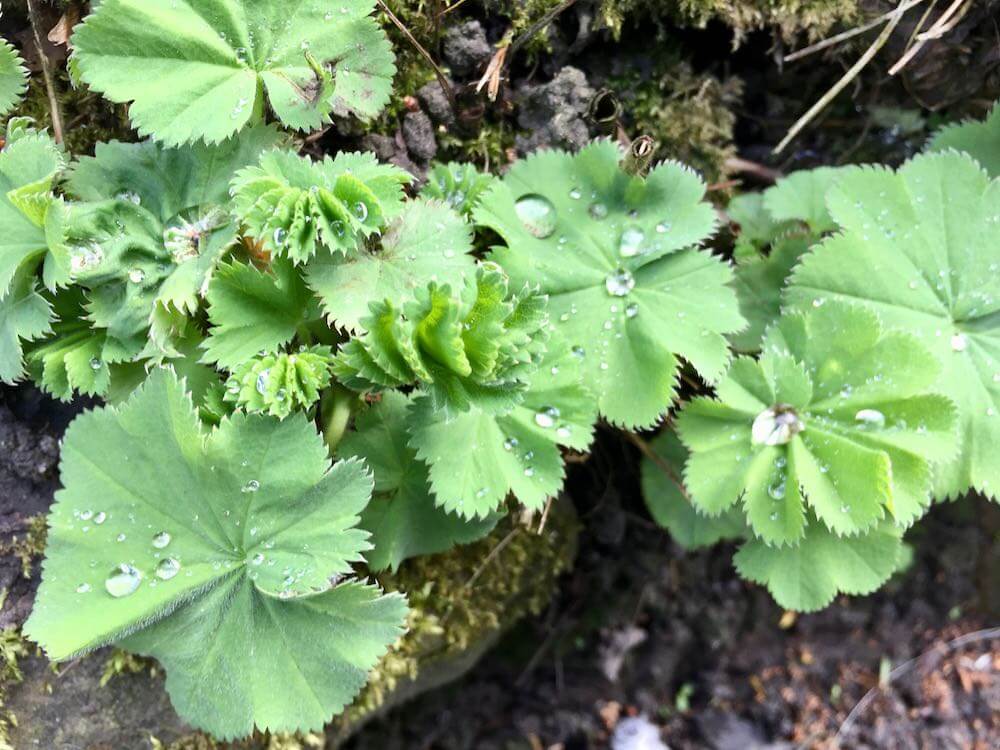
Once you plant an Alchemilla you'll end up always having Alchemilla as it is so easy to self-seed and keep. Great for beginner or time-poor gardeners with dry gardens.
Sea Holly or Eryngium is an arresting architectural herbaceous perennial plant. Its spikey flowers and sharply serrated leaves are not to be messed with. This coastal plant comes in colours from bright blue to silver, a really cool customer.
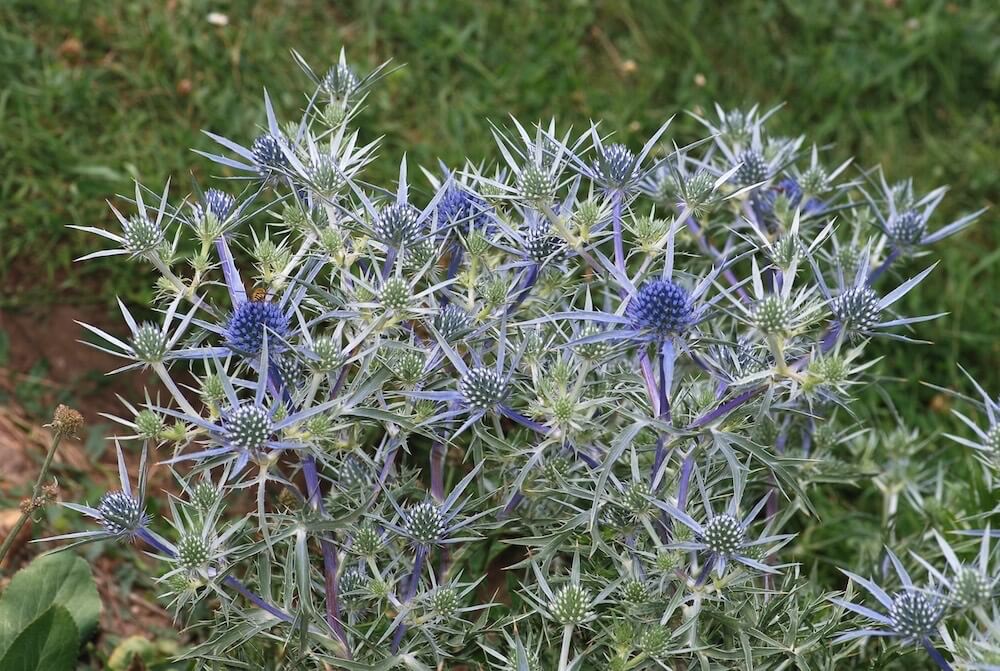
Slugs and snails avoid it and it will cope in the hottest of heat waves. It's used to living in dry sand dunes and battered by salty sea air. Making it a great choice for exposed gardens.
Another grass which can cope when we turn up the heat is Blue Oat Grass, also known in Latin as the tongue twister Helichtotrichon. This steely blue grass is semi-evergreen. So in milder climates, it keeps its colour all year round. One of the only blue grasses to keep its form all year round.
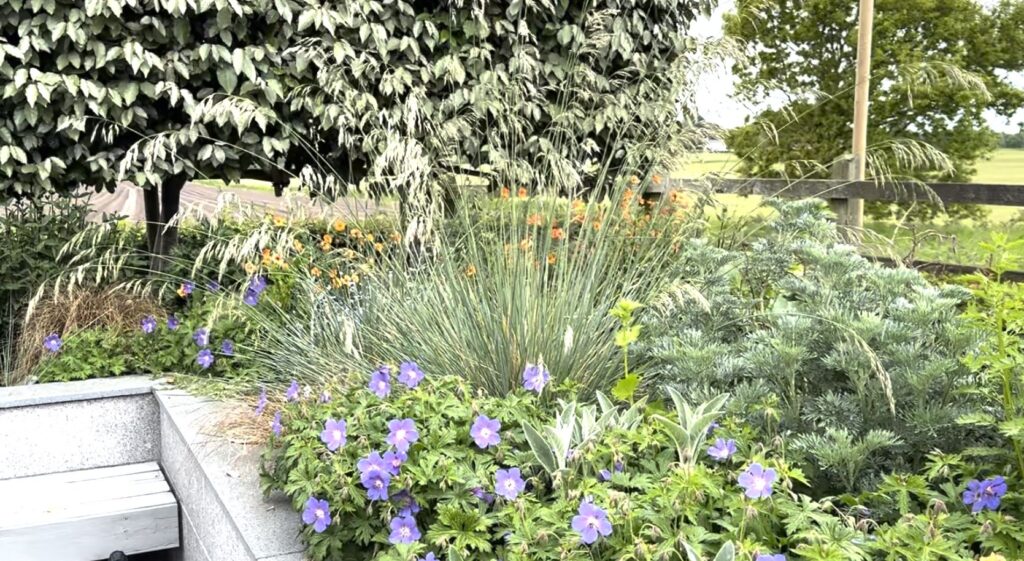
Another coastal plant this grass will cope with dry periods once established and even when damaged by excess heat it can be cut back to regenerate the next year.
Fennel - the trusty aromatic liquorice-tasting herb - is also a wonderfully tough herbaceous perennial for our garden borders. Like Lady's Mantle, once you have it in your garden it self seeds everywhere. Partial to growing in gravel in the most inhospitable places in full sun. This is a plant you need if your garden suffers from drought!
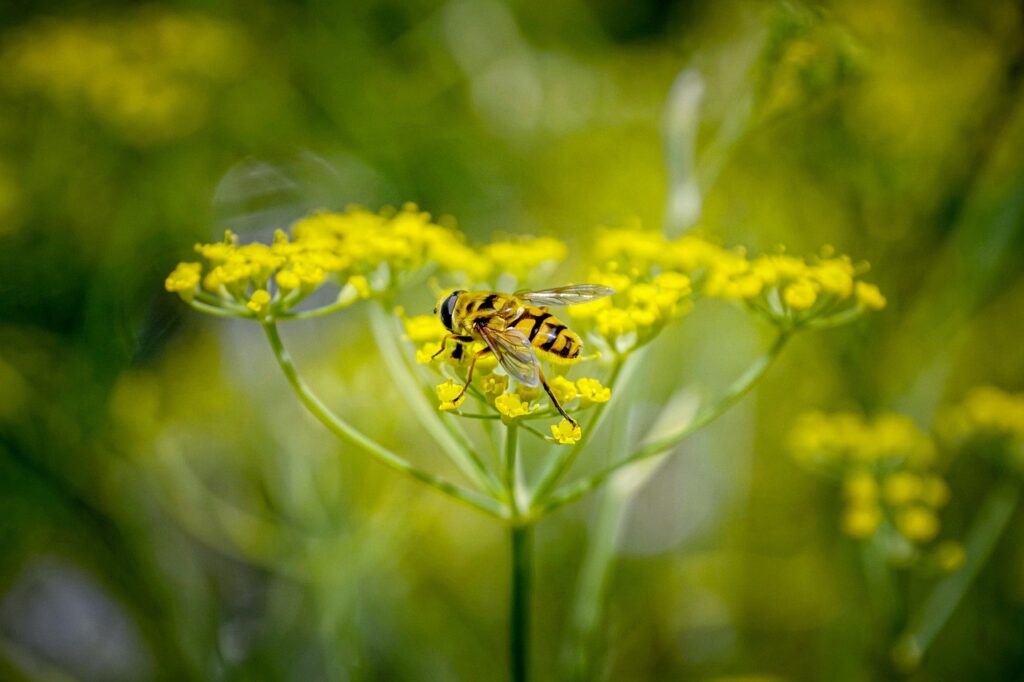
Hyssop is a compact, semi-evergreen sub-shrub. This means in warmer climates it will keep its form throughout the winter. It's a remarkable drought-tolerant plant that's often overlooked. Hyssop is also fantastic for bees and will love being positioned in full sun and baked all summer long.
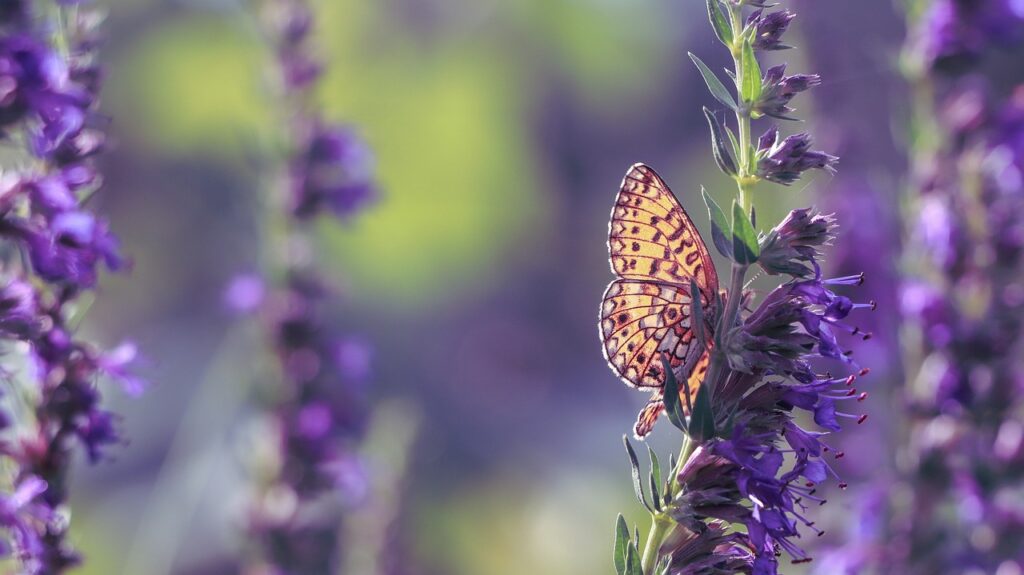
It rewards you with spikes of blue, purple or pink flowers which are whorled, 2-lipped and tubular. It's these uniquely shaped flowers which will bring all the honey bees and pollinating insects to your garden!
If you're looking for something showy then look no further than the fleeting flowering Bearded Iris which loves to have its rhizome (modified storage organ) baked above ground. (That's the bulge you see sticking out just above the soil surface.)
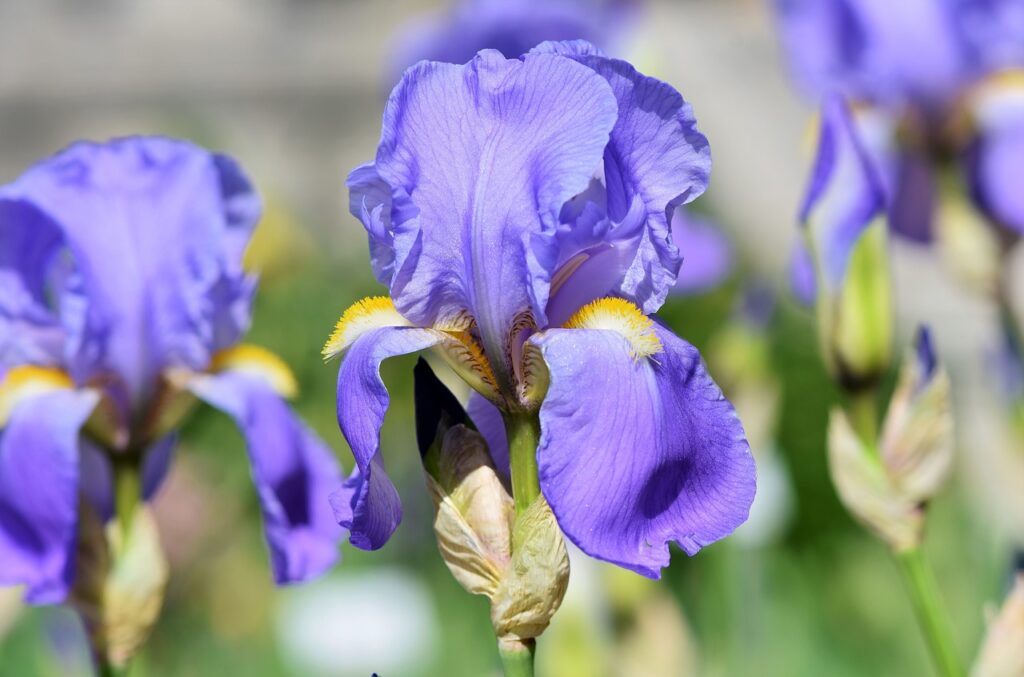
These plants hate being disturbed so once you plant them leave them alone for a few years where they will happily multiply. Make sure the rhizome isn't buried and gets full sun. That's how you get the most prolific blooms. Every 4-5 years you can lift and split the Iris with a sharp spade then replant to help propagate these beautiful specimens for free!
Pinks are one of my favourite retro garden flowers as they remind me of my grandad and his front garden. Dianthus, commonly called pinks, have a bluey grey stem and then usually bright pink flowers. Other colours are available but the common name has stuck! Once established they require no feeding, no real attention and make great cut flowers.
The flowers have a very pungent scent and they love to grow in full sun.
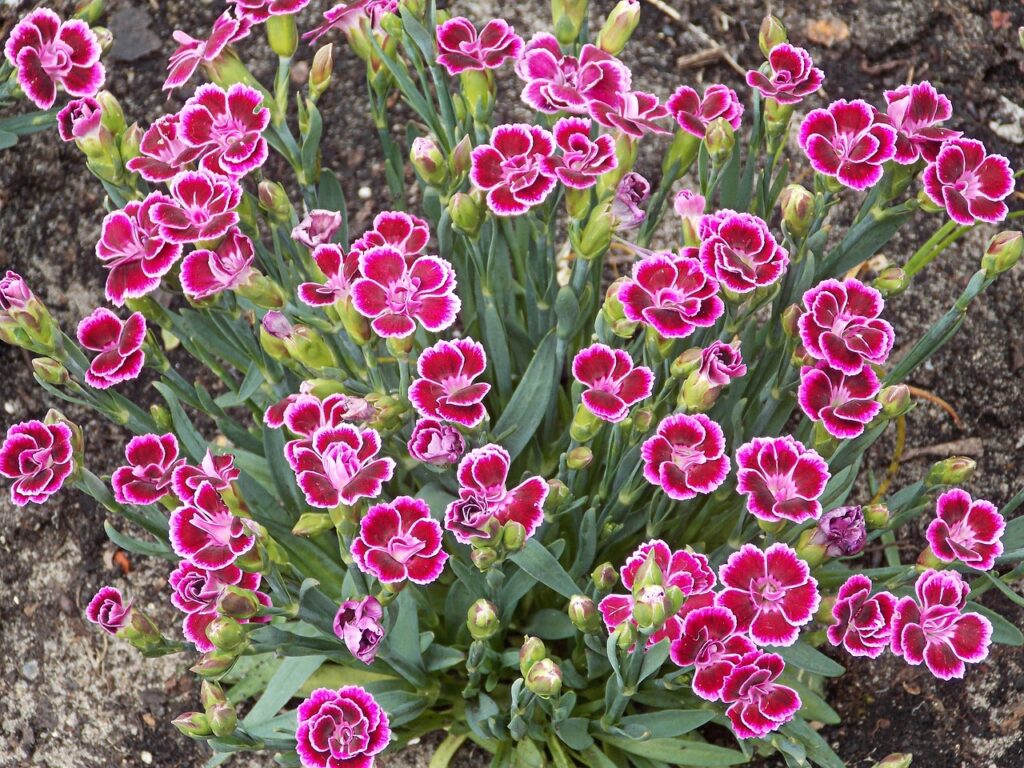
Many years back they were a favourite of the rockery garden and are easy ti divide to propagate. I guess that's why they were found in everyone's gardens back in the 1970s here in the UK!
These little beauties are picture-perfect tiny daisies that will grow anywhere. Erigeron or Fleabane used to be part of the 'Old World' asters and the true daisy family but now live in the Erigeron genus. Super easy to grow from seed if you have a greenhouse, these plants will colonise anywhere and everywhere in full sun. They seed in gravel gardens, sunny borders and poor drought-weathered soil.
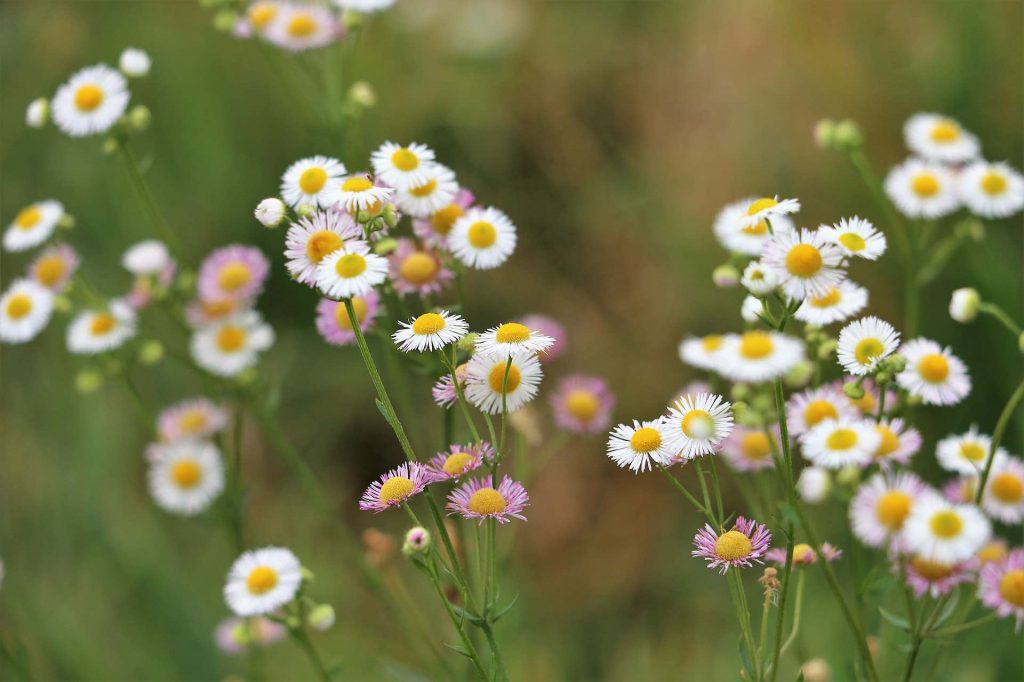
My advice is to buy a few and then let them self-seed everywhere so they fill the gaps that other plants can't.
It's no surprise that like Lavender, other Mediterranean plants, such as Rosemary are also drought tolerant! That's because they are native to warmer climates and have a number of clever tricks up their sleeve meaning they require little to no watering.
Rosemary is an evergreen shrub which has a number of defences against drought and hot weather. The first is that the leaves are rolled under to reduce transpiration, and the second is the plant's leaves are oily helping to conserve even more water.
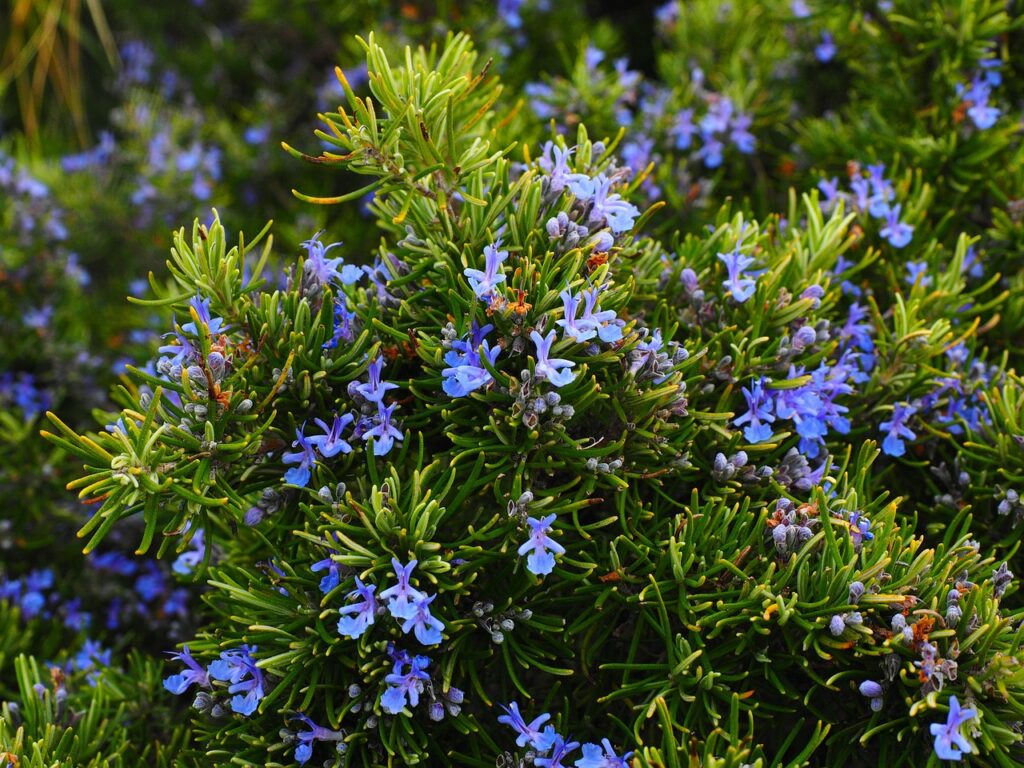
Rosemary likes free-draining soil and full sun. The hotter the better. It may even flower once it gets mature and settled enough in its sunny spot!
Sage is also another fantastic drought-tolerant plant that can also be eaten. This easy-to-grow herb can be bought from supermarkets in pots as living herbs and then planted out in the sunniest parts of your garden. The aromatic leaves smell delicious when crushed and can be used in salads and cooking.
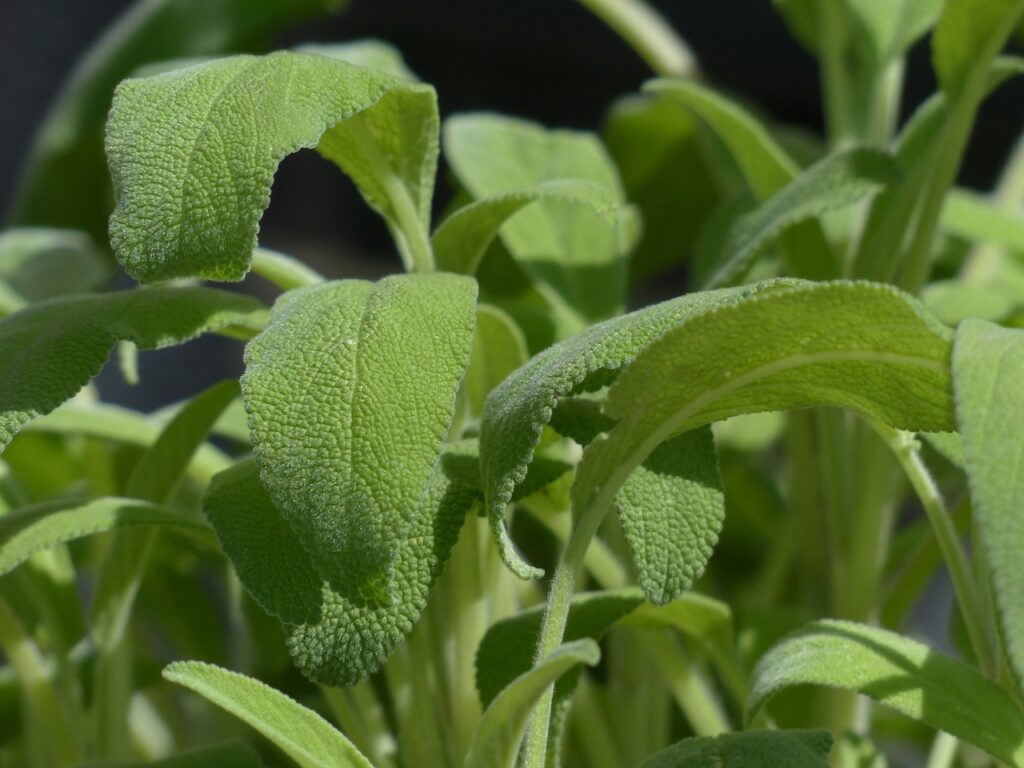
Sage should be treated as an annual in the UK as cold winters and frost will kill it off. Alternatively, you can overwinter them in a greenhouse.
Succulents and cacti can also be a wise choice for super hot gardens, especially in warmer countries where dry arid conditions are commonplace. In the UK, succulents usually are fine, but Cacti can struggle unless under glass or covered from heavy rain. Cacti hate having soggy roots and will quickly keel over in boggy clay-like soil. Succulents are far better adapted for the occasional damp period, though.
Consider succulents and cacti, which store water in their leaves or stems, minimizing moisture loss. Meaning in heat waves, they already have enough moisture to survive, unlike plants that transpire (take up water and lose it quickly) quickly such as cut flowers and other ornamentals.
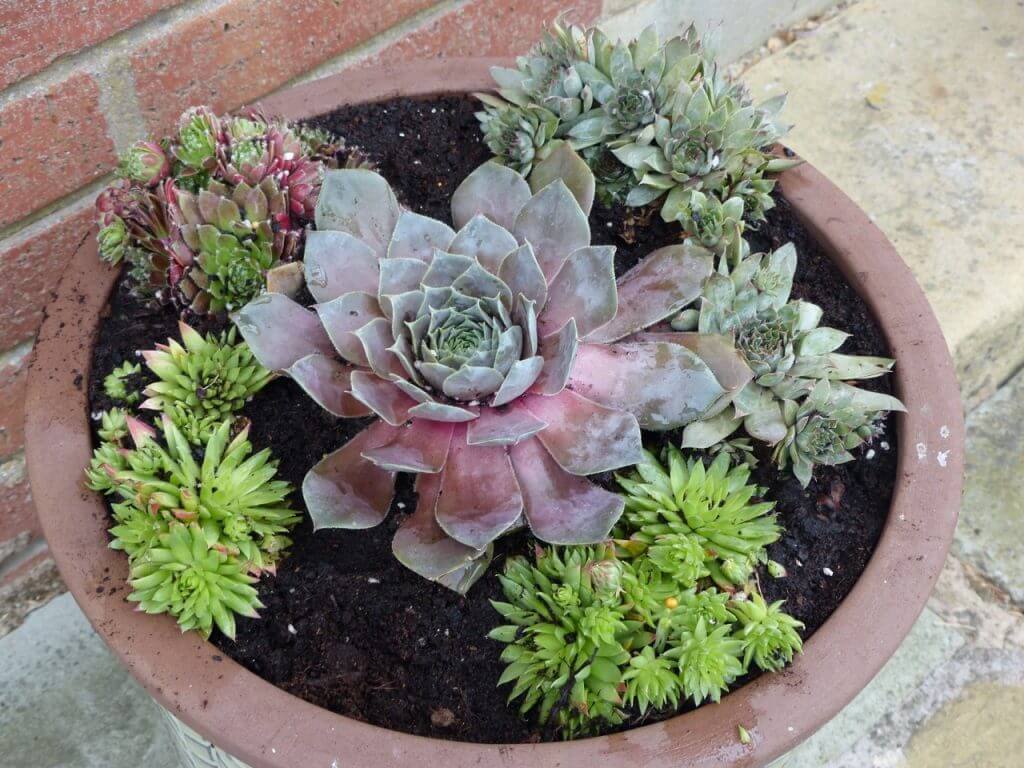
Heavy winter frost is the biggest killer of both succulents or cacti, so unless you live somewhere that has temperate, mild winters, always move these two plant genera under cover for the winter, such as in a conservatory or greenhouse.
Sedum is a fantastic low-ground cover succulent that can cope with both extremes and high temperatures. A staple plant that will grow where many plants simply won't. Once established this plant seeds and spreads itself into every nook and cranny. Often used on green roof installations give how tough it is. Great to help cover open ground and avoid weeds spreading.
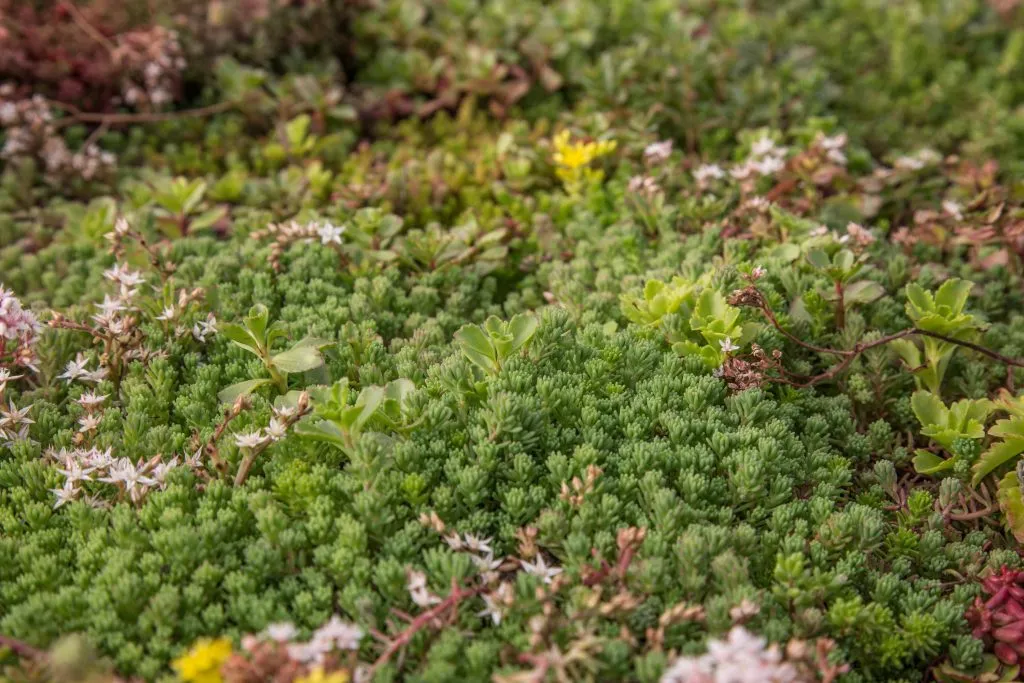
The classic 'Sedum' has recently been reclassified to the Hylotelephium genus. This autumn flowering succulent will bring a blast of pink colour to the garden in Autumn when other plants have gone over. Other than watering to establish, it thrives on neglect and can bulk up to make a nice 1.5m tall shrub once it's been around for 5-10 years in the same spot. In mild winters, it keeps its leaves but can survive frost by losing its leaves and reemerging the following year. Great also for bees!
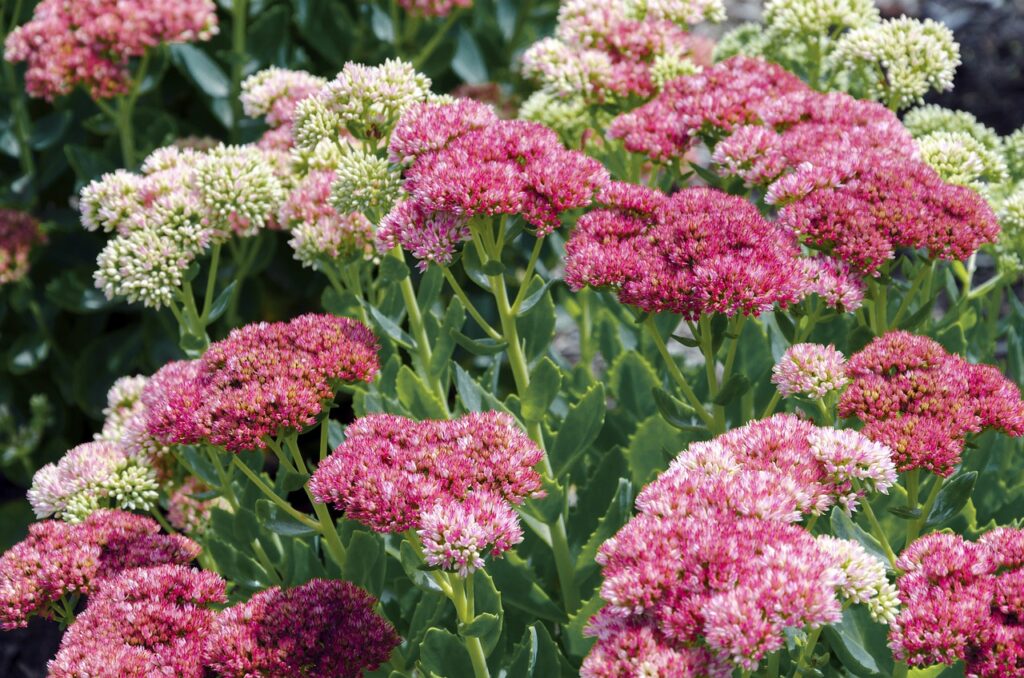
For a touch of the exotic, which is both hardy and arresting, choose Euphorbia characias. A large species in the Euphorbia family. Known for their acid green and bright yellow alien-like flowers. These plants are super dough in both droughts and extremes in weather. They add a bright pop to any garden. Care should be taken when pruning, though, as the sap is an irritant, so always wear gloves!
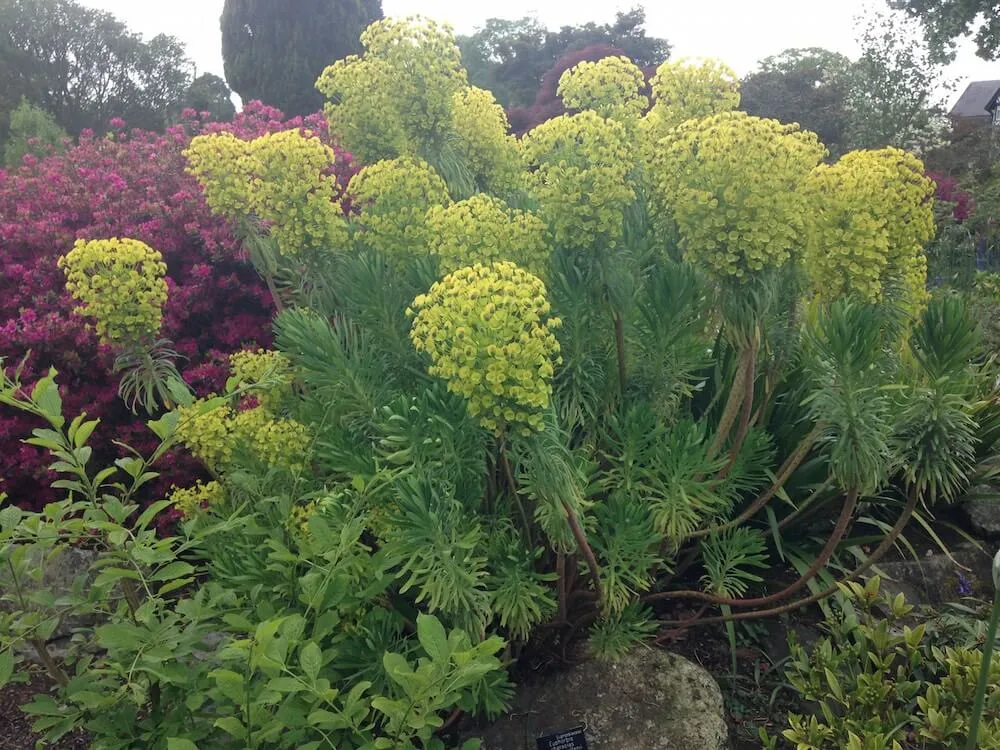
After choosing drought tolerant plants the next thing to consider is efficient irrigation for new gardens or newly planted flower beds.
To ensure your garden receives the necessary water whilst minimizing waste, implementing efficient irrigation techniques is essential. This is especially so when you're planting up a new garden and the plants need help in establishing their root system.
When I install irrigation in my garden designs its only ever temporary. I would never design a garden that needed year-round irrigation, and it is incredibly wasteful. It also shows that the wrong plants have been chosen if they need year-round babysitting to survive!
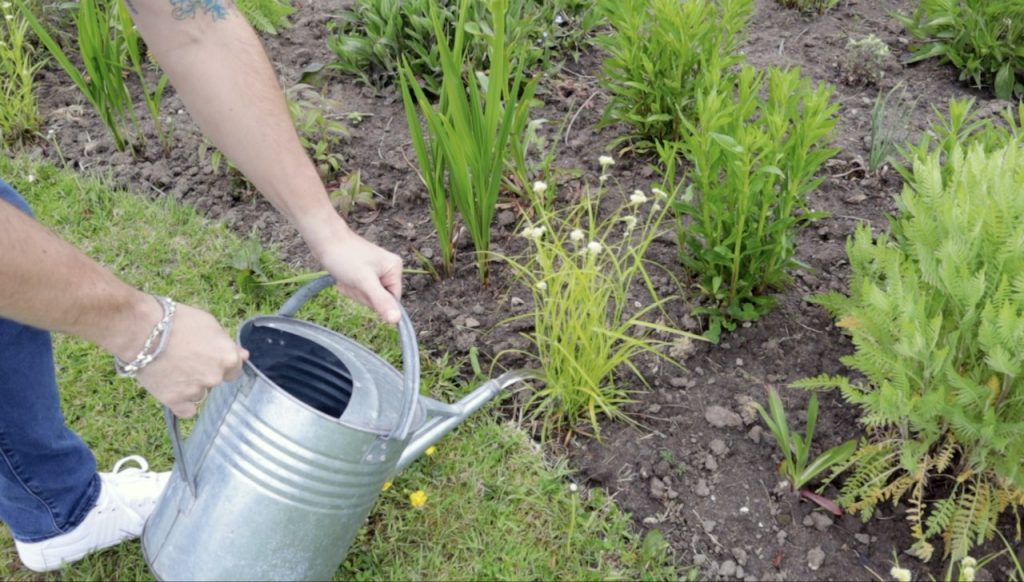
However, for a new garden, a temporary seep hose or drip irrigation is best to get the plants started and make the most efficient use of precious water.
Drip irrigation systems are highly recommended for drought-tolerant gardens. They deliver water directly to the plant's root zone, reducing evaporation and runoff. The same applies to a seep hose which seeps water out slowly so plants can take it up rather than a sprinkler which is vastly inefficient and wastes water. Make sure you install a timer or moisture sensor to automate watering schedules and prevent overwatering.
Mulching is another valuable technique when dealing with dry or drought-ridden gardens. A mulch is a layer of organic matter, usually compost or bark to help retain existing moisture.
Applying a layer of organic mulch around plants helps:
The best materials to use for a garden mulch are peat free compost, wood chips, or even rabbit straw to cover the soil surface, ensuring the roots stay cool and moist.
Preparing your garden's soil is crucial for creating a drought-tolerant environment. If you have poor soil thats low in nutrients that struggles to retain moisture then any new plants you plant will struggle to establish. It's always better to improve your soil before planting even in a drought garden.
Work organic matter, such as compost or well-rotted manure, into the soil before planting. This improves soil structure, increases water-holding capacity, and promotes root development. Leaf mould is also an excellent soil improver and is easy to make at home in the autumn with fallen leaves.
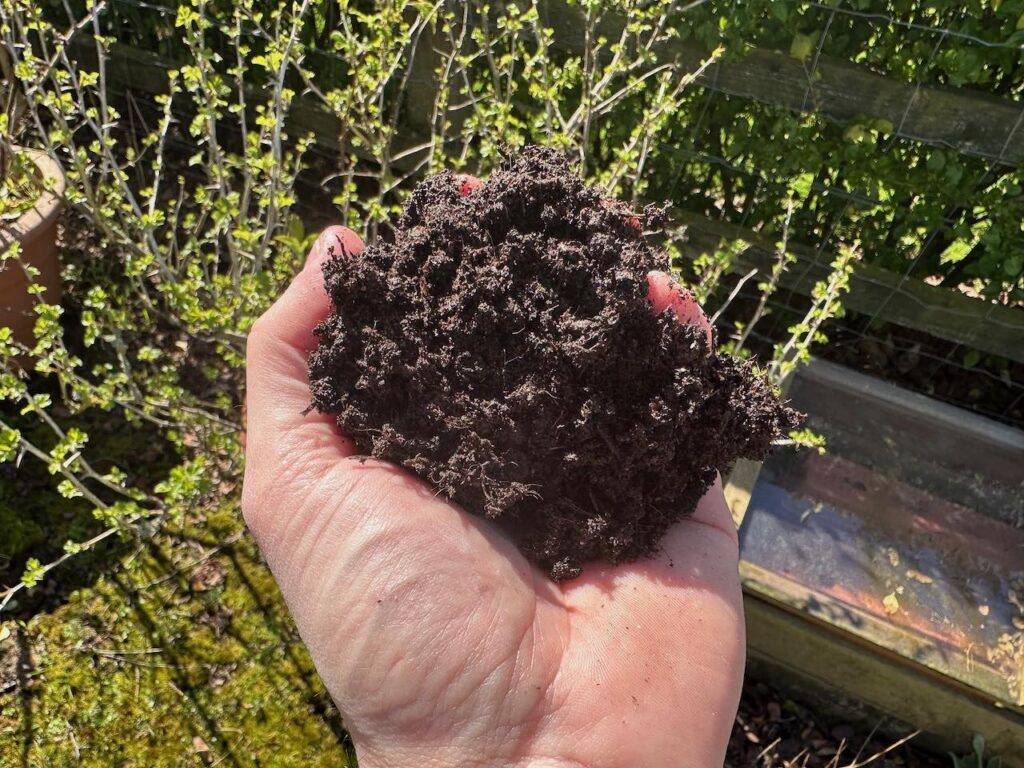
Furthermore, implement soil conservation practices to minimize moisture loss. Apply a layer of organic mulch to reduce evaporation and slow down weed growth. Consider using cover crops during periods of non-use, as they help prevent soil erosion and improve soil fertility.
When it comes to planning a drought garden let's consider the layout of your plants and how you can group them to reduce watering. I bet you're surprised to hear that the use of microclimates and en masse planting can work in your favour! The top tips for a 'water-smart' garden are:
An effective water-smart design ensures efficient water usage and maximizes the visual appeal of your garden. Grouping plants with similar water requirements together creates microclimates where they can benefit from each other's shade and reduce water needs. Additionally, clustering plants with taller species in the centre and shorter ones around the edges creates a natural windbreak, reducing evaporation caused by strong winds.

Install water butts on downpipes, rain barrels or a water catchment system in your garden to collect and store rainwater for garden use. Use this harvested water during dry spells, reducing the reliance on freshwater sources.
Consider hard landscaping features such as paths, patios, and rocks. These elements reduce the amount of lawn and planting beds, which typically require more water. By reducing your lawn you're going to immediately reduce the watering required to keep the garden looking its best in the summer. It also means you can then put in its place more drought-tolerant flower beds.
Replace some areas with permeable surfaces like gravel or permeable pavers, allowing rainwater to infiltrate the ground. All clever tricks to help you save water!
Creating a drought-tolerant garden is an environmentally responsible and aesthetically pleasing option for the eco-conscious gardener. By carefully selecting plants, using efficient irrigation techniques, preparing the soil, and implementing water-smart design strategies, you can create a sustainable oasis that thrives even in the face of drought. Given the changes in temperature, this can be a clever move for the time-poor gardener, saving effort in trying to keep everything watered.
Embracing these practices not only conserves water but also encourages biodiversity, attracts pollinators, and reduces maintenance efforts. So what's not to love Ninjas?
Make sure you visit my Youtube channel, for more gardening guides. You can also check out my Tweet, Facebook or Instagram for more garden help and tips.



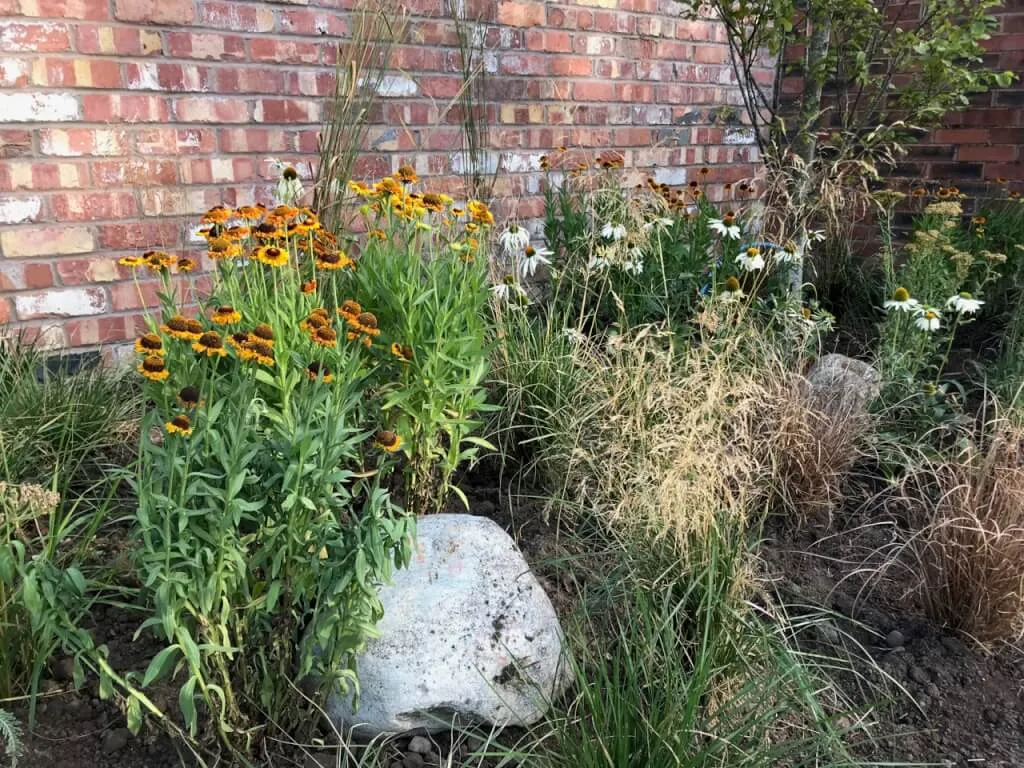
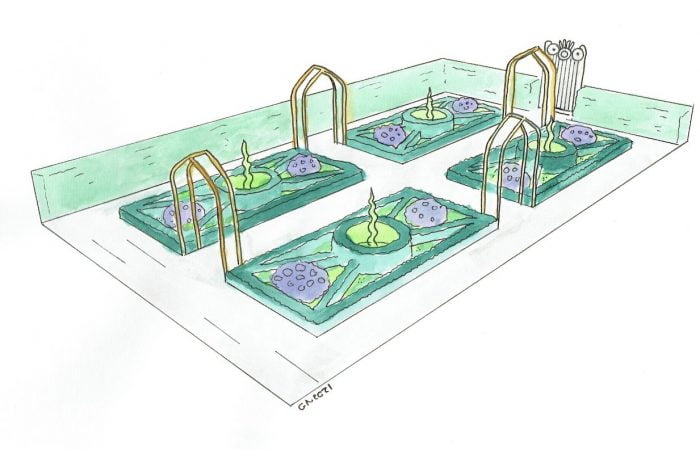
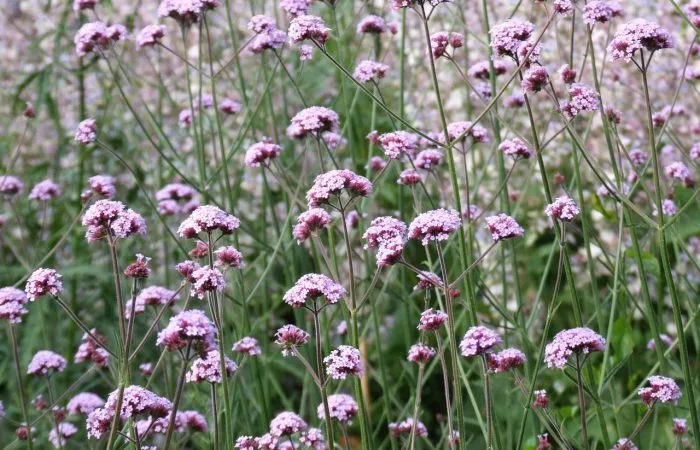
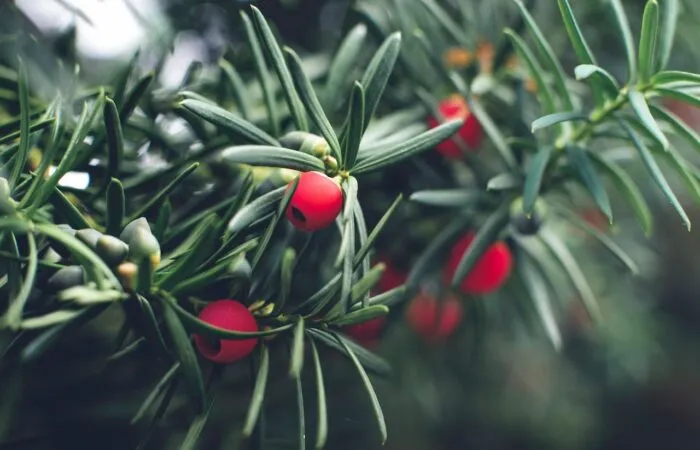

JOIN THE NINJAS

Be the first in line for new Guides, Discount codes and Offers